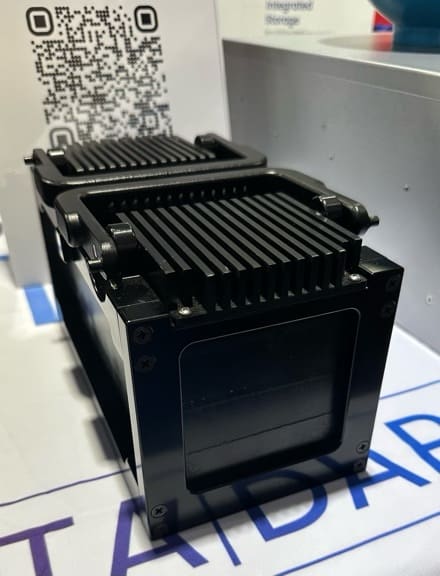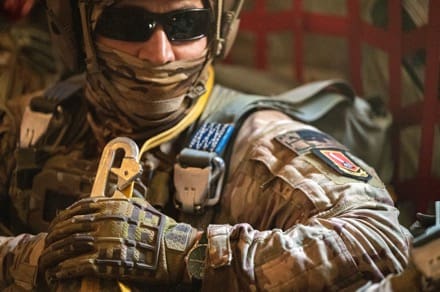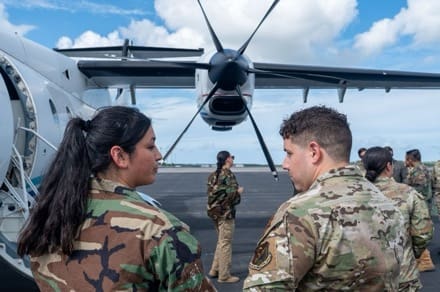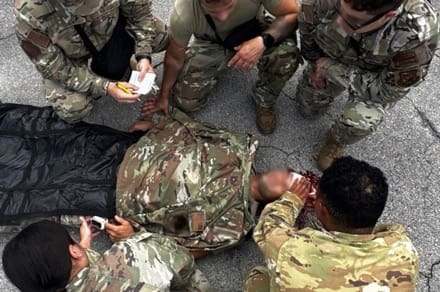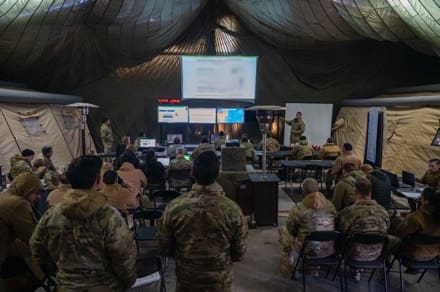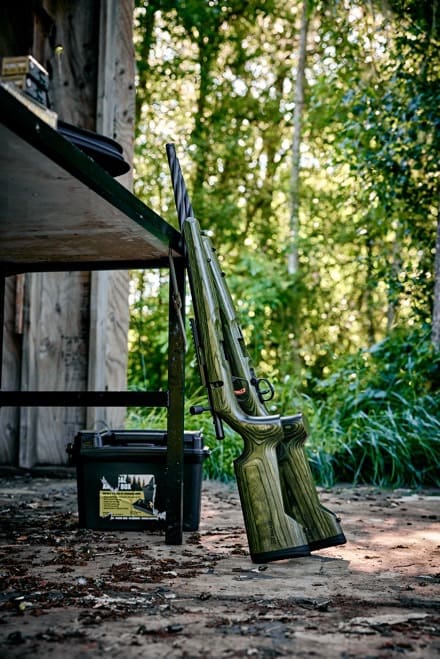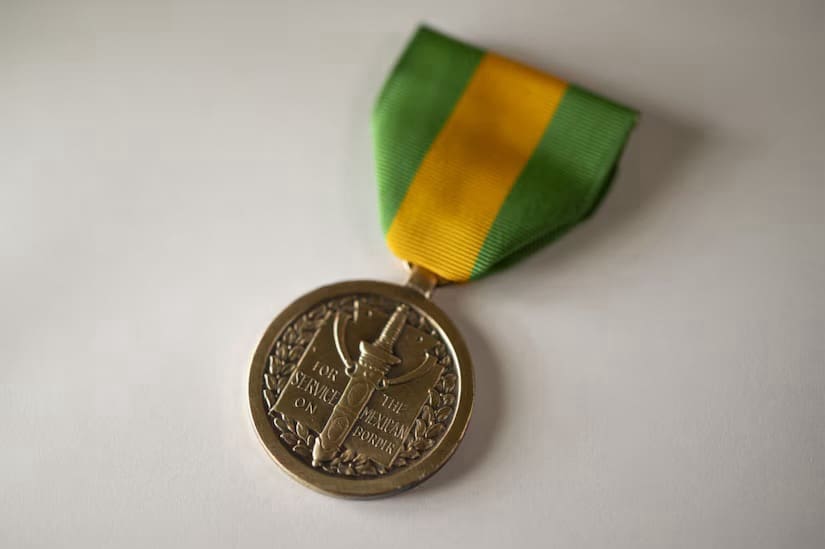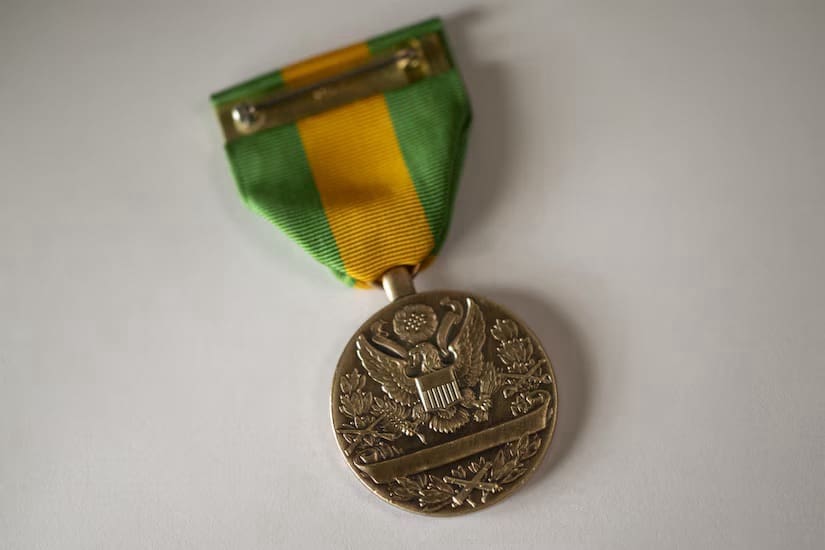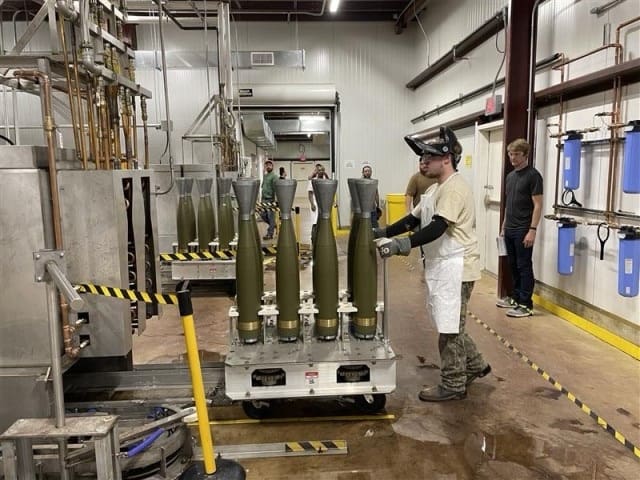
ROCK ISLAND ARSENAL, Ill. — Since 2022, the Army has nearly quadrupled its monthly production of the 155mm M795 projectile artillery and is driven by efforts to improve readiness, respond to global demands, and incorporate lessons learned from current conflicts.
Ryan Oliver, contracting officer and Corey Schaefer, contract specialist, from the Munitions Readiness Directorate at Army Contracting Command – Rock Island were responsible for awarding a $44.9 million contract to General Dynamics Ordnance and Tactical Systems for a new load, assemble and pack facility in Camden, Arkansas.
They managed the pre-award and post-award requirements, ensuring the contractor was meeting their contractual deadlines through detailed coordination between the government and contractor, allowing the facility to begin operating in a timely manner.
Schaefer explained construction for this state-of-the-art facility began in April 2023 when General Dynamics Ordnance and Tactical Systems provided an integrated master schedule and began hiring their team. Immediately thereafter, employees started leveling the site to perform construction pre-activities and the facility opened on April 22, 2025.
“This [integrated master] schedule shows all the main critical paths and how it all works,” said Schaefer. “The different buildings are on there, the ordering of the equipment, the different reviews get tracked as a schedule, and then it gets updated as needed upon agreement of the contractor and the government. As developments or changes take place that gets tracked as well.”
The construction of the facility was designed to significantly boost the Army’s production of 155mm artillery munitions, a key component in modernizing artillery capabilities and to restore and expand the domestic defense industrial base. This new facility will focus on the final stage of artillery shell production, where the metal bodies of 155mm projectiles are filled with explosives, assembled, and packed for shipment.
The facility also exemplifies how the Army is investing in modernization to ensure essential munitions are produced efficiently and on time, enabling U.S. forces as well as allies and partners to maintain a strategic advantage. Because of this expansion, this new facility is designed to streamline the production process, enhancing the Army’s capacity to meet increasing demands for high-explosive artillery projectiles.
When fully operational, the new Camden facility will produce 50,000 completed projectiles per month, which marks a significant leap forward in artillery production. The U.S. Army’s larger objective is to double the monthly output of 155mm rounds to 100,000 by leveraging advanced automation, digital quality tracking systems, and environmentally conscious processes such as a next-generation air-cooling system for explosive curing.
By increasing production of these essential munitions, the Army and Marine Corps are not only preparing for current military engagements but also positioning for future conflicts that may require rapid and sustained artillery support.
Schaefer stated General Dynamics Ordnance and Tactical Systems had never produced this specific 155mm M795 projectile load, assemble and pack before.
“It’s kind of like the new fish in the pond,” said Schaefer. “We gave them the technical data package, which required a lot of document reviews, giving feedback, government personnel going there in person and seeing what they’re doing and telling them they need to get this produced quickly. But they wanted to provide a solution, so they employed automation.”
Oliver had the opportunity to tour the facility and was impressed by how clean and efficient everything was.
“Granted it was a new facility, but all of the processes were automated,” said Oliver. “Everything was machine driven, with very few operators and it was nice to be able to watch the process unfold. Seeing the entire process in action brought the contract and its associated meetings and discussions to life.”
As global security challenges continue to evolve, this expansion is a critical step in ensuring the U.S. military remains equipped and ready for rapid deployment in various conflict scenarios. 155mm produced at the Camden facility will play a pivotal role in the Army’s broader defense strategy, bolstering military readiness and maintaining a technological edge over adversaries.
By Elizabeth Urbaniak
